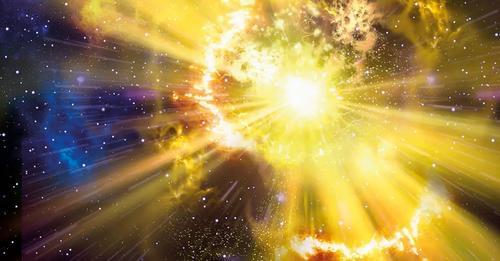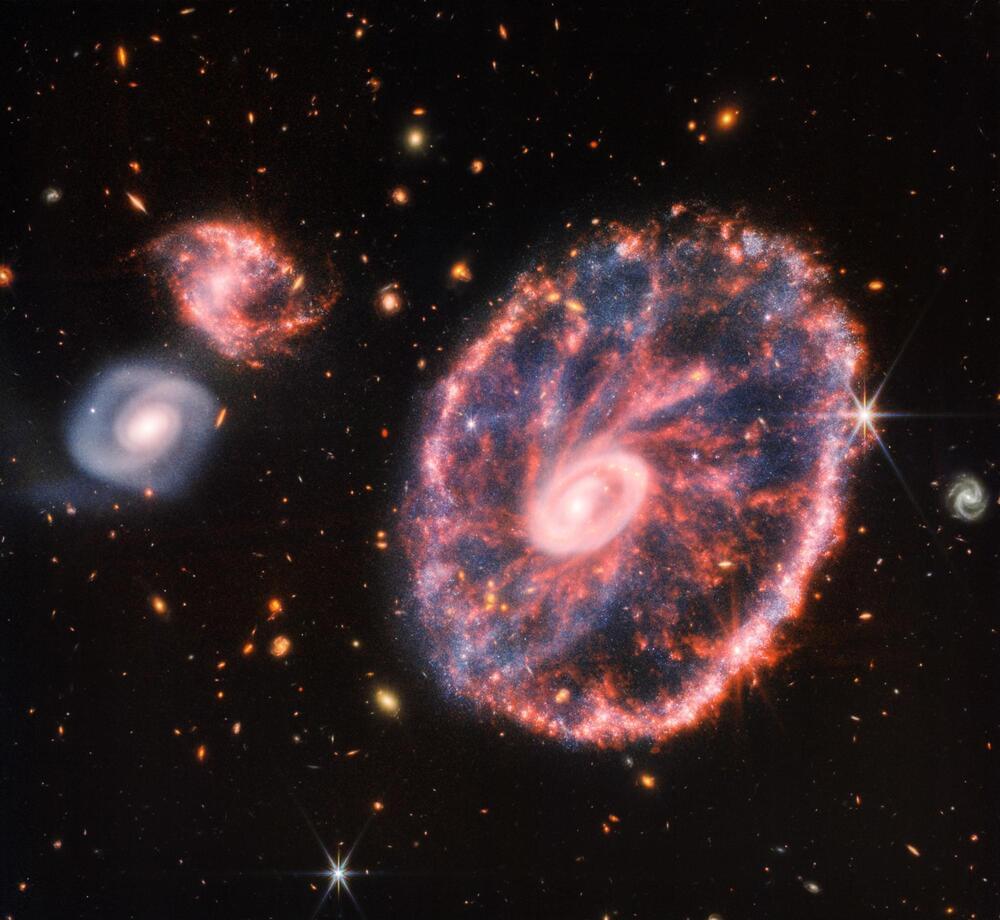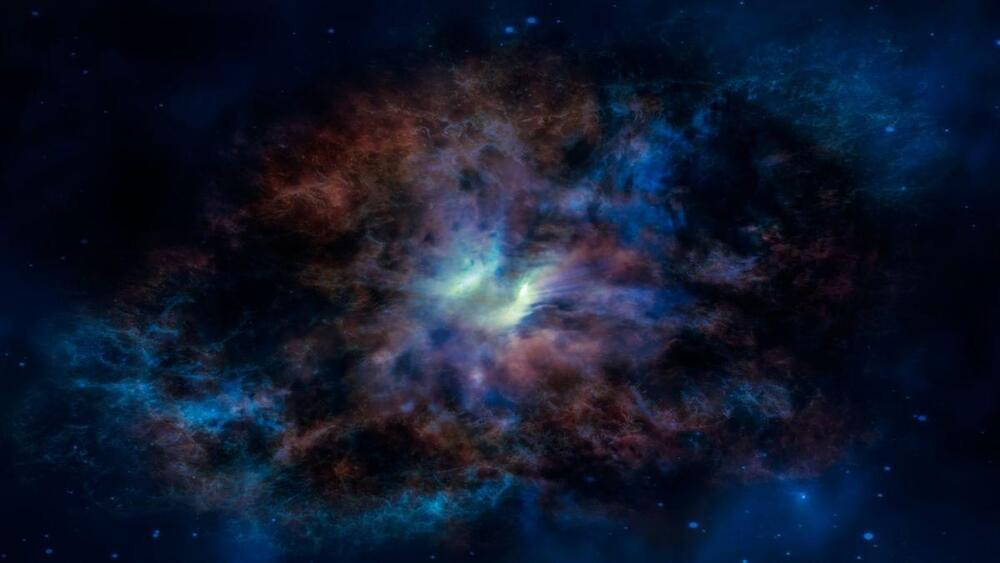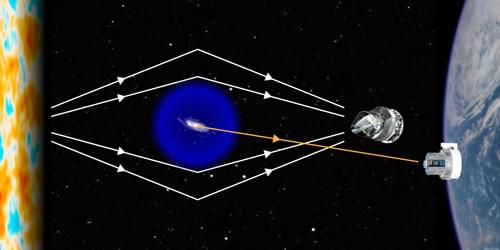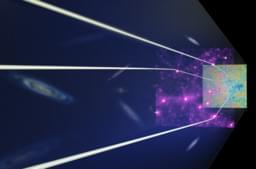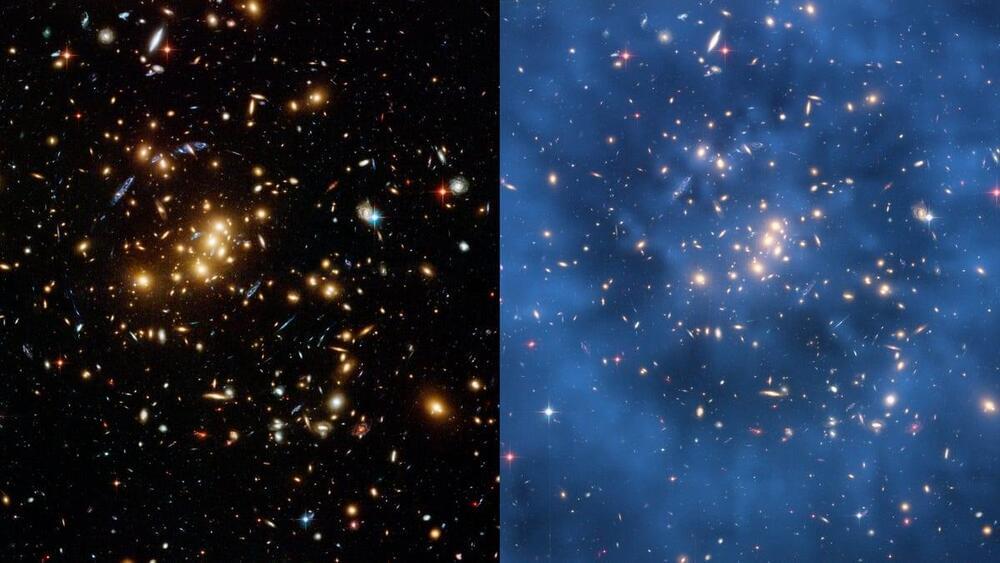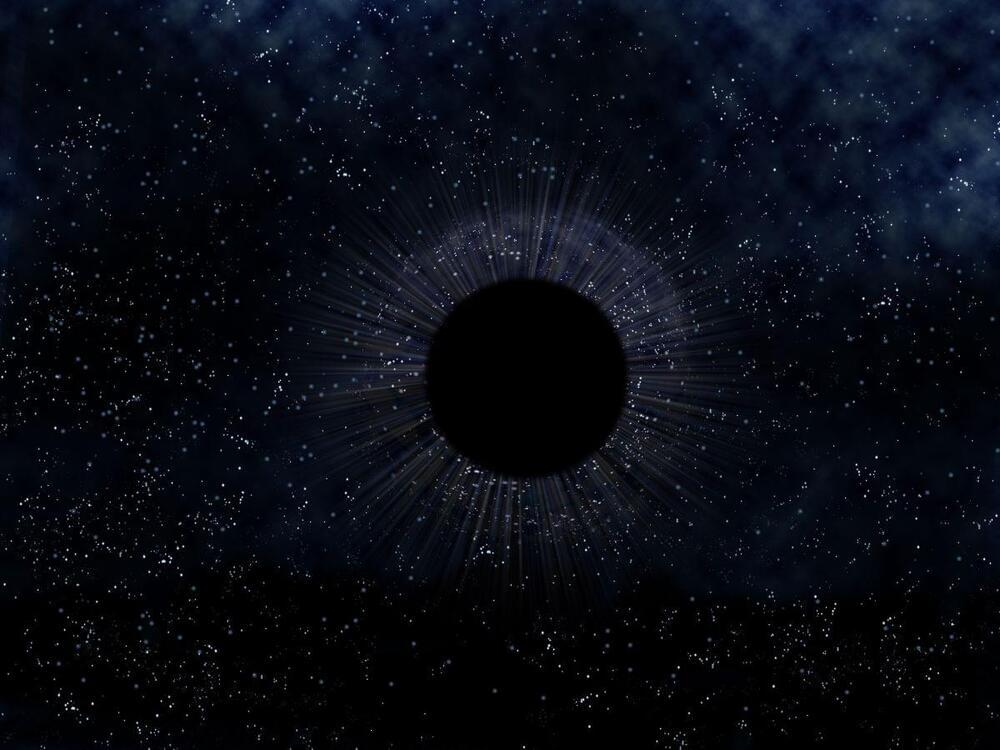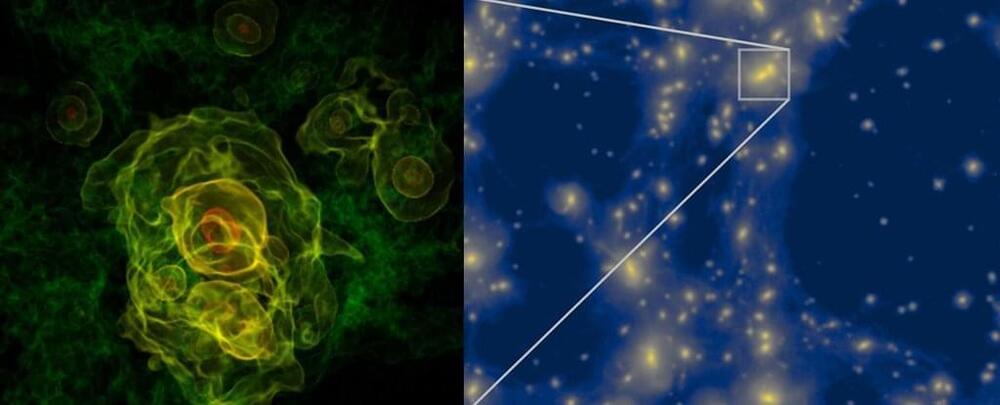What remains are mostly neutron stars or black holes. And now, Hubble seems to have documented the instant when a supernova blinked out — implying that it captured the moment a black hole took control.
While some supernova explosions, such as SN 1,054, are violent and leave clouds of debris for thousands of years (a.k.a. nebula), the star in question seems to have exploded and then had all its gas pulled back into the black hole at the core. This may occur if the star’s core collapse is very big. Rather than exploding, the gas falls into the star’s core.
